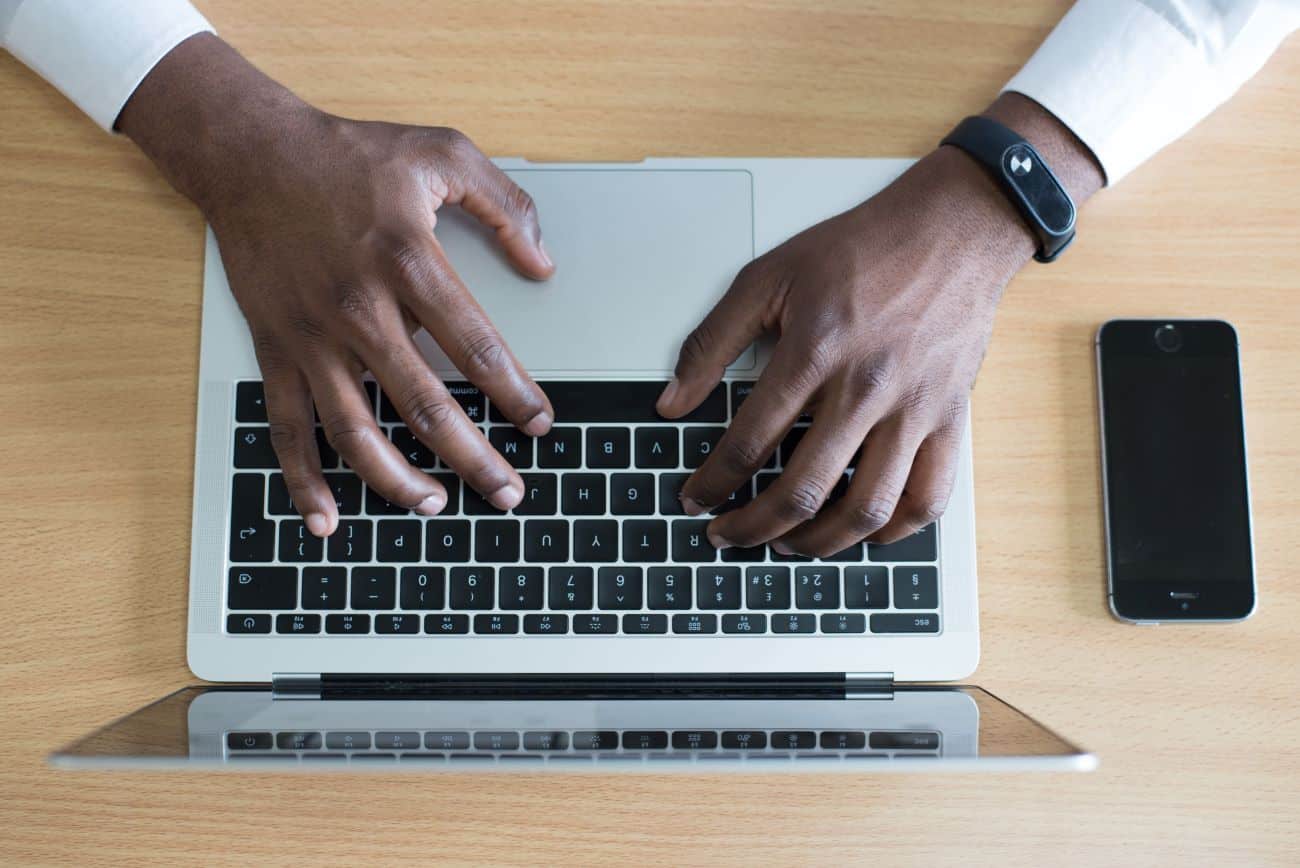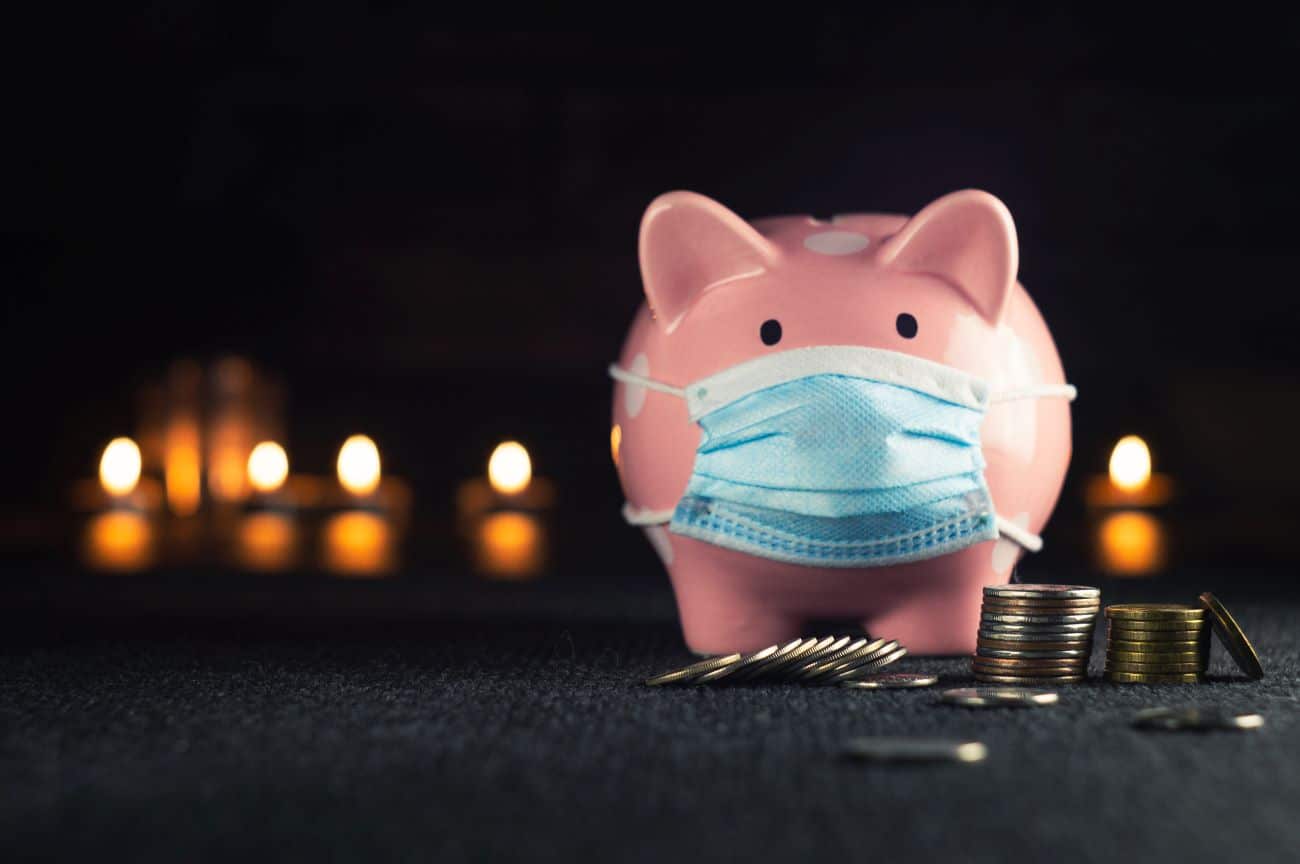Now you know what and how much you are spending, it’s time to think about investing your money. Investment is for the long term and can be risky, so you shouldn’t put all your eggs in one basket. Any money that you’ll need in fewer than three to five years should be in cash.
Why do I need emergency savings?
You should have emergency savings in case something goes wrong, like losing your job or the car breaking down. It’s almost universally used as a benchmark by financial planners. The important thing is to allow you to carry on and not force you to sell off your investments or dip into your savings. This YouTube short explains.
Time is one of the biggest assets on your side when you are investing. The last thing you want to do is withdraw money you have already invested, as that money has already started to work hard for you. Using it for expenses would put you back to square one — your three-month emergency pot is to prevent this from happening.
To be honest, three months expenditure is really the minimum you should have in your emergency pot. Six months is much better, but of course it’s harder and takes longer to achieve.
How much should I save?
That depends on you and your commitments and expenditure. First thing you need to do is get an understanding of how much you are committed to spending each month.
If you like to use apps for everything then there are a number of money saving apps you can use, such as Plum, Chase, Monzo or Chip. Alternatively, go old school and download three months’ transactions from your bank account into a spreadsheet. Put all money out into one column, and money in into another column and total them.

What to include and exclude:
Ignore big one-offs. The good news is we are not talking about saving to cover every item of expenditure in the last three months. Holidays, new car purchases and expensive birthday blow-outs are things you aren’t likely to be doing if the emergency pot comes into play.
First, the essential expenses. You need to keep a roof over your head, so mortgage/rent is the first thing that you should prioritise — food, utility bills and essential kids’ stuff all come under this heading.
Committed expenditure is next. These are things you are likely to have as direct debits or standing orders. List them as must-haves and nice-to-haves and ditch all the ones that are just nice-to-haves (gym memberships, apps etc).
Other regular expenses, like additional travel and lunches, make up the last category. These are often small individual amounts, however, when you add them up over three months then the total can be surprisingly high.
We aren’t looking to start making savings just yet, that comes next. For now, we’re just looking to get a handle on how much we’re spending. In effect, how much we need to save as an emergency pot.
Add up the expenditure to get the base line for the absolute minimum you need to save. If you already have this amount in the bank then happy days – consider giving yourself some extra breathing space and save more than just three months. If not, our next blog covers the seven ways you can save money and quickly build up the emergency pot.
Visit Compare+Invest to find out more about getting investment fit.
Photo by Konstantin Evdokimov on Unsplash
Photo by Cytonn Photography on Unsplash

